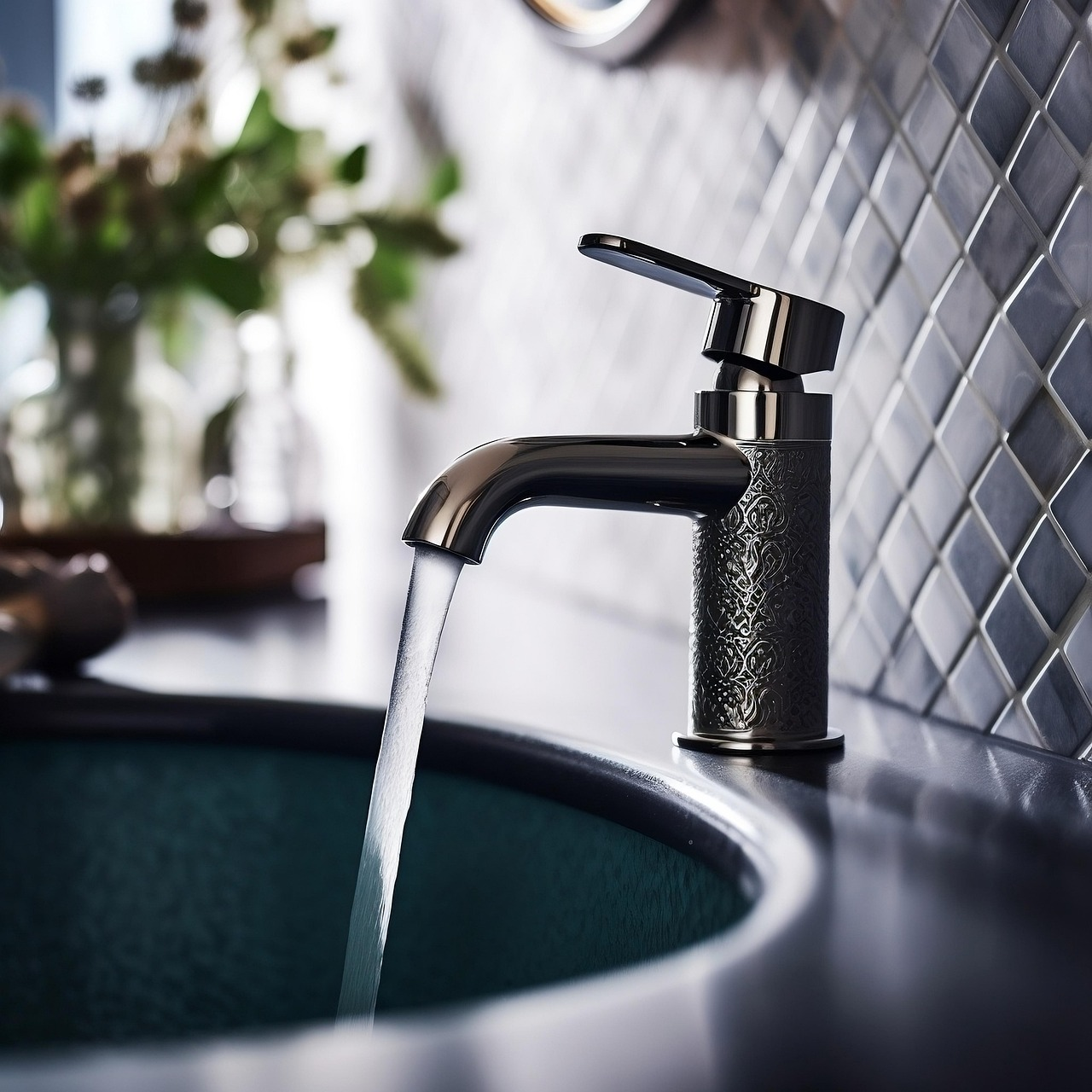The Hidden Dangers of Tap Water
Arsenic is a natural metalloid chemical usually present in groundwater. It poses health problems when taken at some dangerous amounts.
- Partial Paralysis
- Numbness In Hands And Feet
- Vomiting, Nausea, Stomach Pain, And Diarrhea
- Discoloration Of The Skin
- Blindness
This is also another naturally-occurring chemical element that does not only kill bacteria and germs but also causes damage to the human body when taken in dangerous amounts orally and through inhalation.
- Chronic Cough
- Breathing Difficulty
- Chronic Sore Throat
- Chest Tightness
- Airway Irritation
Fluoride is a mineral present in the teeth and bones and in the air, rocks, plants, soil, and water.
Heavy metals are known for their potential toxicity especially in environmental contexts. Mercury, lead, copper, chromium, cadmium, and aluminum all pollute tap water.
- Brain Deformities
- Parkinson’s Disease
- Dementia
- Alzheimer’s Disease
- Lead Can Damage The Kidneys And Increase The Risk Of Having High Blood Pressure
These chemicals used to get rid of insects and control unwanted plants are toxic in nature. They can sometimes sneak into water supplies, especially in groundwater of agricultural areas.
- Eye And Skin Irritation
- Headache
- Allergic Sensitization
- Extreme Weakness
Water softening is the process of removing heavy ions that clog up plumbing, such as calcium and magnesium, from water.
- Respiratory Distress
- Convulsions
- Hypernatremia (A Condition Where There Is Too Much Sodium In The Body That Can Lead To Excessive Thirst)
- Vomiting
- Gastrointestinal Tract Irritation
These inorganic compounds are commonly present in processed meats, such as hot dogs, bacon, and ham, functioning as preservatives. They are also present in tap water because they naturally occur in the air, soil, and water.
Radon is a natural gas present in the air and occurs in water tapped by wells. When groundwater passes through rocks with uranium, it releases radon into the water.
If your tap water has radon, you may be at risk of stomach cancer or internal organ cancers.
Uranium Definition: It is a kind of heavy metal that is an abundant source of concentrated energy.
Diethyl phthalate is a colorless liquid typically used to make flexible plastics. This compound can sneak into groundwater from landfill leaks.
Drinking tap water contaminated with diethyl phthalate can lower sperm quality and count, disrupt sex hormone levels, and alter genital developments.
Escherichia coli, for example, has been an issue in dirty water. It is an indicator that water has animal waste or sewage contamination.
- Nausea and vomiting
- Abdominal tenderness, pain, and cramping
- Diarrhea
- Legionella is a type of bacteria that can affect the lungs and cause localized infections.
- Salmonella can cause the following health issues:
- Food poisoning
- Typhoid fever
- Gastroenteritis (the inflammation of the intestines and stomach as a result of viral infections or bacterial toxins)
These are compounds of phosphate ions commonly present in fertilizers as plant nutrients and in detergents as a water softener. The presence of phosphates in water promotes excessive algae growth that makes the water dirty when algae die.
Small amounts of pharmaceutical drugs, such as antibiotics, mood stabilizers, and birth control pills, are also present in some tap water systems. These drugs get into the water when some people flush them down their toilets when not needed anymore or pass some amounts of drugs through urine and feces.
13. Dioxins
Dioxins are toxic chemicals not produced or commercially used in the country. They are contaminants produced in combustion processes, like cigarette smoking and forest fire, and discharges from chemical factories.
When released in the environment, these chemicals linger around that we can breathe them in the air or drink them from tap water. Excess amounts of dioxins can cause reproductive difficulties and increase the risk of developing cancer when consumed in tap water for a long period.
The hidden dangers of drinking tap water have been exposed. You now have a better understanding of how the water poses mild-to-severe health problems.
_______________________________________________________
PLEASE DONATE TODAY, IF the Holy Spirit impresses you, (donate button below and on the side) so I can continue to help others. Thank you! If you can't see the donate button or want quick access – use this link: PayPal.Me/ReneeB
Got info from another source.







